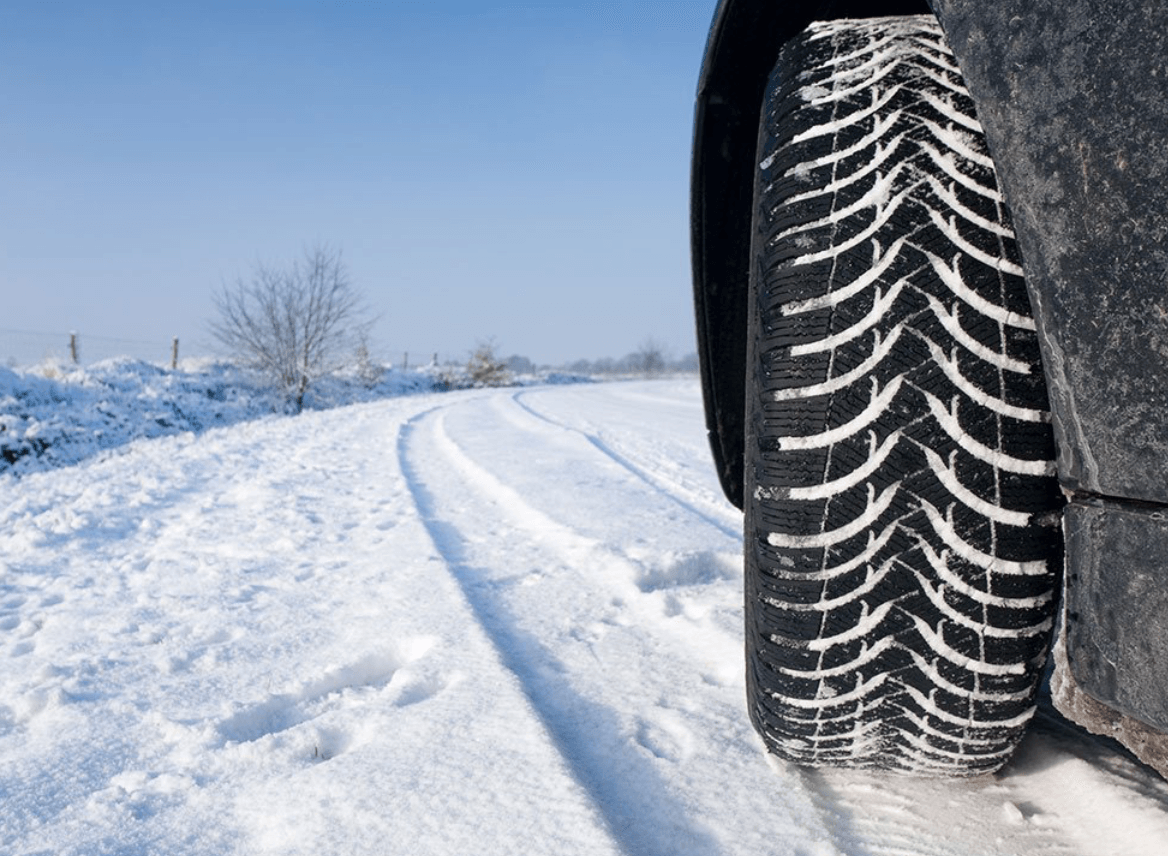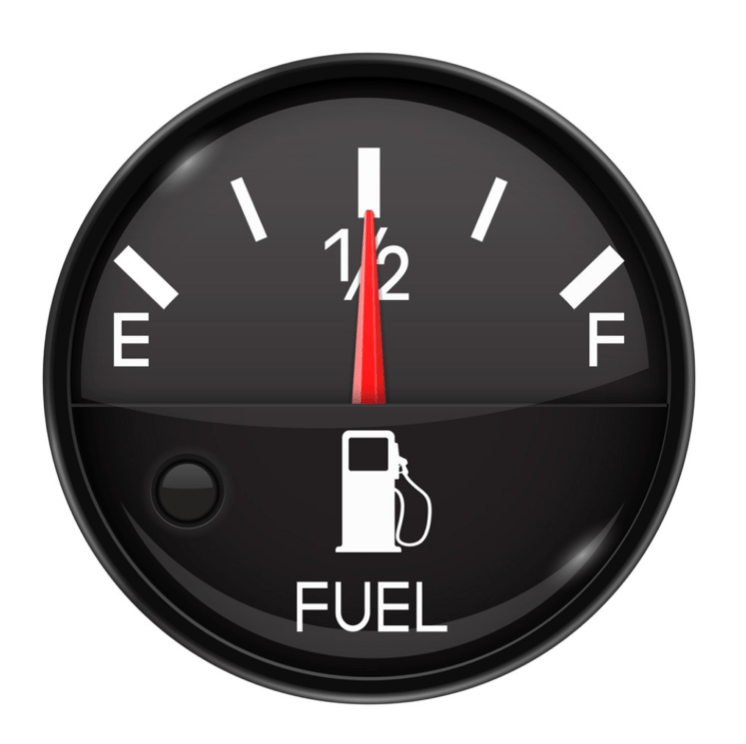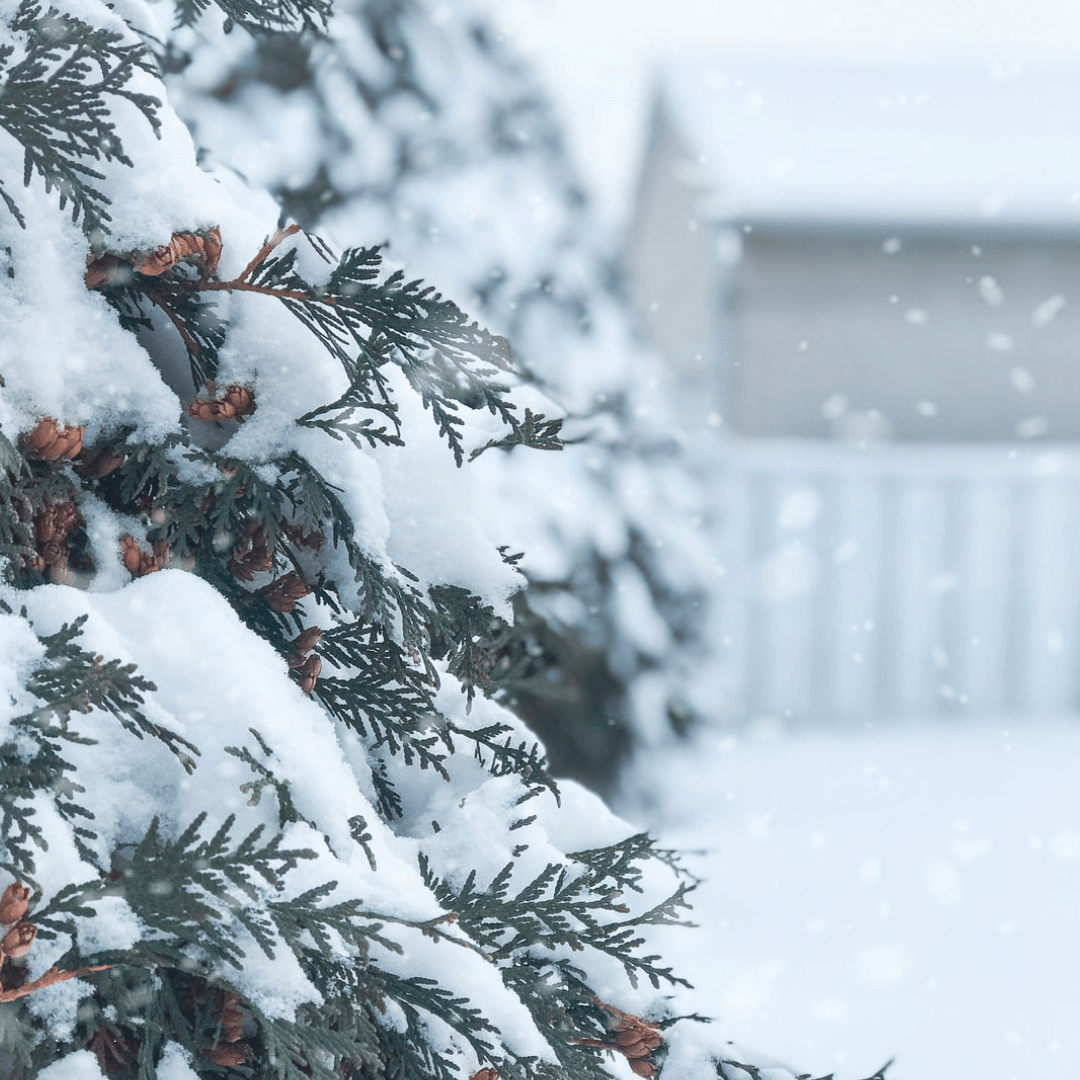4.Install Winter Wipers & Winter Washer Fluid.
Not everyone installs Winter windshield wipers but it is a good piece of equipment to keep in mind. We’ve all been there. You’re driving through a snowy day and all of a sudden ice starts freezing to your wiper. You know it’s there because it creates a loud scraping noise and your windshield is no longer clear and streak free. Winter wipers have a piece of rubber around them that helps prevent ice from freezing on it.
Winter wiper fluid is so important. Your regular wiper fluid is not built to stand winter conditions and if you don’t fill your reservoir with Winter fluid before conditions are below freezing, your reservoir could crack.
One Winter storm uses a lot of wiper fluid. From washing the salt off your windshield, to removing any ice on your windshield, you could easily use half a tank or more in one storm. It’s important to keep extra wiper fluid in your car throughout the season because you never know when you’ll need it.
5.Keep a Winter Kit in Your Car.
Hopefully it never happens but if you ever do get into an accident throughout the Winter, it’s best to be prepared. It’s recommended you keep supplies in your trunk just in case.
Keep extra wiper fluid, extra clothes, jumper cables, non perishable food and water, a flashlight with batteries, an extra ice scraper, a shovel and sand.
Most items are pretty self explanatory but having a shovel and sand could seriously help you out. If you get stuck in the snow and no amount of accelerating is helping you get out, bring out your trusty shovel and start digging. Once you have an open area and your tires are snow free, place some sand down around your tire for extra traction.
Most times the roads get plowed quite frequently but if conditions are deteriorating the plows may not have cleared your road yet or snow has fallen quicker than their ability to clear the roads.
6.Keep Your Gas Tank At Least Half Full.
Sometimes getting gas for our cars is not on the top of our priority list. In the Winter, it’s important to keep at least half a tank in your car to make sure your gas line doesn’t freeze up. Having gas in your tank reduces condensation and helps keep a solid temperature in your gas line.
If you do get in an accident, your car's engine may be the only thing to keep you warm until help arrives. If you have at least half a tank of gas, you can run the engine periodically for heat until you are rescued.
Mechanics are true heroes who help keep us safe and keep our cars on the road.
They specialize in body work, electrical, engines, batteries and so much more.
That’s right, even mechanics use battery powered tools like ratchets, impact wrenches and sockets.
You can now find our Philips Batteries for sale at CarQuest in Summerside, PEI!
Check out these articles for more tips about driving in the Winter and caring for your car:
BridgestoneTire
or CarMax






